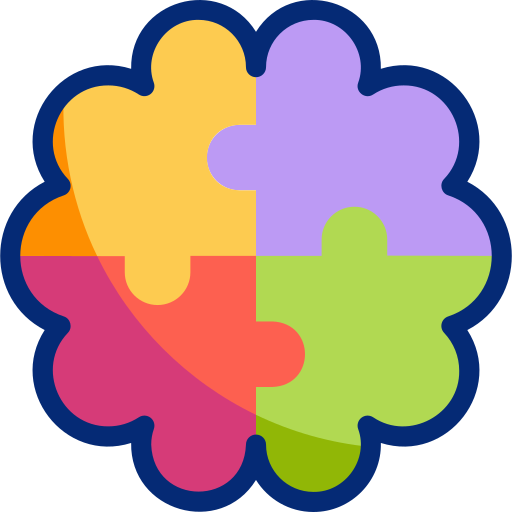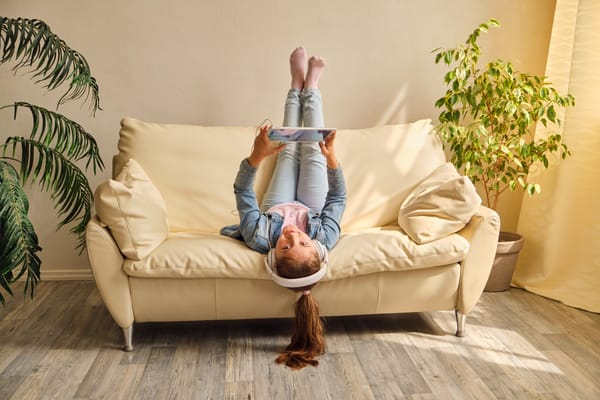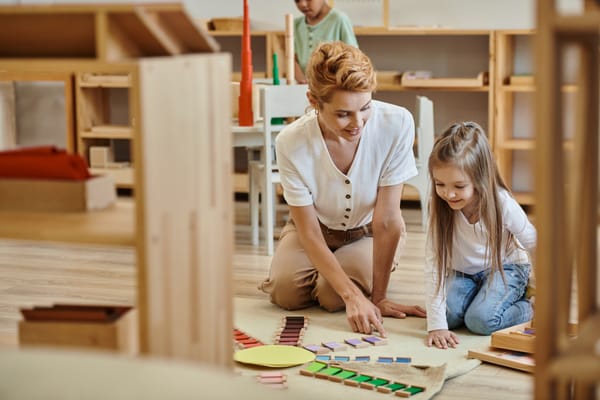When the System Can’t See the Spark: Finding a School That Fits Your 2E Child

There’s a particular kind of heartbreak that many parents of twice-exceptional (2E) children know too well.
Not the heartbreak of diagnosis. Not even the behaviour reports, suspensions, or the relentless “parent meetings.”
It’s the moment you realise that the school system—mainstream, remedial, holistic, even the ones that market “neurodiverse support”—still doesn’t know what to do with your child.
You’ve tried.
You’ve listened to advice, moved schools, consulted therapists, read books, joined forums.
And yet your bright, sensitive, creative child is either bored, excluded, misinterpreted — or all three.
What It Means to Be Twice-Exceptional
A 2E child is both gifted and challenged.
They might be able to hold complex conversations, solve abstract problems, or invent imaginary worlds…
but also struggle to follow instructions, regulate emotions, or decode basic reading.
Their learning profile is uneven, or “asynchronous.”
They’re often far ahead in one area, and significantly behind in another.
Most systems don’t know how to support both needs simultaneously.
Why Most Schools Struggle to Support Them
Even progressive or remedial schools often fall short when it comes to 2E learners, because:
- Curricula assume even development. Schools are designed around age-based expectations, not individual cognitive profiles.
- Behaviour is misread. Emotional meltdowns may be treated as naughtiness, and zoning out as defiance.
- The focus is compliance. Too often, regulation is prioritised over relationship.
- Supports are siloed. A speech therapist may not talk to the teacher. An OT report may be filed but never used.
- Giftedness is invisible. If a child struggles to write, their creative brilliance is rarely seen.
This mismatch leads to burnout — for both the child and the parent.
So What Are the Alternatives?
✅ Schools That Might Work Better
No school is perfect, but the following features tend to support 2E learners:
- Small class sizes (10 or fewer)
- Multi-sensory, project-based learning
- Teachers trained in emotional regulation and neurodivergent needs
- Flexible pacing (acceleration and remediation simultaneously)
- Willingness to co-create individualised support plans (IEPs)
But when these don’t exist — or don’t work — families often have to look elsewhere.
What If There Isn’t a Suitable School?
That’s where alternative models come in:
💻 1. Online Learning + 1:1 Tutor Support
For children who’ve experienced school trauma, burnout, or social stress, online schooling combined with the right tutor can be a lifeline.
- Online platforms like Cambrilearn or Think Digital Academy offer curriculum structure without the overwhelm.
- Pairing this with a neurodivergent-affirming tutor makes all the difference: someone who adapts, doesn’t push conformity, and uses humour, visuals, or story-based methods.
This model offers flexibility and control — but can become expensive and isolating if not thoughtfully managed.
🧭 2. Micro-Schooling: A Bridge Between Home and School
Micro-schooling is a growing, often parent-driven model where a small group of like-minded families create a custom learning environment. Think:
3–6 children, one facilitator, shared costs, shared values.
These pods typically:
- Follow a hybrid curriculum (e.g., online content plus tutor-led exploration)
- Allow deep flexibility and pacing per child
- Emphasise emotional safety, connection, and community
- Invite families to collaborate on routines, field trips, or support structures
For 2E children, micro-schooling allows both personalisation and socialisation — without the overwhelm of a full classroom or the loneliness of learning alone.
It can also make high-quality tutoring more affordable by splitting costs among families.
Key ingredients for success:
- A facilitator or tutor with real understanding of ADHD, dyslexia, sensory processing, or autistic traits
- Open communication between families
- Willingness to adapt and iterate as needed
This model works best when it’s built around the actual kids involved — not around a one-size-fits-all philosophy.
What to Ask When Exploring Any Option (and What to Listen For)
Whether you're visiting a school, interviewing a tutor, or considering a micro-school pod, don’t just look at the facilities or brochures. The real insight comes from the conversation — and the attitude behind the answers.
Ask:
- “How do you respond when a child becomes overwhelmed or dysregulated?”
- “How do you adapt tasks for children with executive functioning difficulties?”
- “Are visual, audio, or oral assessments used in place of written tests?”
- “Can we integrate guidance from our therapist or learning specialist?”
- “What does a day look like when a child needs a break from the plan?”
Listen for these kinds of responses:
Green flags (you’re in the right place):
- “We try to understand the trigger before responding.”
- “We use co-regulation techniques rather than punishment.”
- “We know some children need to move, fidget, or pause — and we make space for that.”
- “Yes, we can adjust instructions, break things into steps, and offer options like voice notes or visuals.”
- “We’re happy to collaborate with therapists or parents. We see you as part of the team.”
- “Every child has days where they need to pivot. We build in flexibility and emotional check-ins.”
- “We believe every child’s rhythm is valid. Our job is to meet them where they are.”
Red flags (proceed with caution):
- “We expect all children to follow the routine, but they settle eventually.”
- “We’ve never needed to adjust our assessments.”
- “We don’t really do IEPs — all children get the same support.”
- “We encourage independence, so we don’t involve parents in learning plans.”
- “If a child can’t handle the structure, we recommend they come back when they’re ready.”
What you’re really listening for is attunement — does the adult seem curious about how your child learns, or are they trying to fit them into a predetermined shape?
The best environments don’t pretend to have it all figured out — but they want to. They’re open, reflective, and willing to work with you, not around your child.
And that, more than any glossy brochure, is where real learning begins.
A Final Note
If you feel like you’re holding a spark that no one else can see — you’re probably right.
The system wasn’t built for your child. That doesn’t mean your child is broken.
It means the system is too narrow.
There are other ways. Other paths.
You are not overreacting. You are not imagining it.
And while the journey is lonely, there are others who understand.
About the Author
Nicola Killops is a South African education specialist and neurodiversity advocate with over 25 years’ experience in gifted education, curriculum adaptation, and creative learning solutions. She’s also a parent to a profoundly twice-exceptional young adult, and brings both professional insight and personal experience to her work.
Nicola is currently developing a series of study guides, tutorials, and alternative learning resources designed specifically for cognitively high-functioning, neurodivergent students — to offer “the other way in” when mainstream methods fail.





